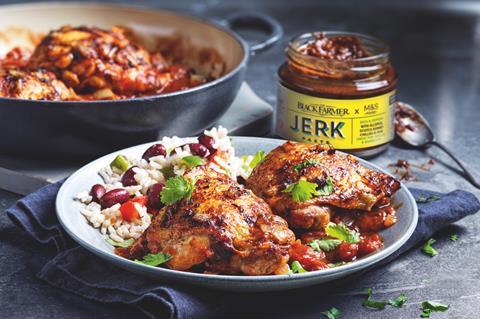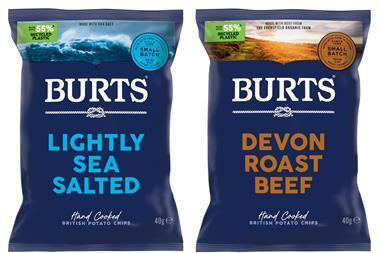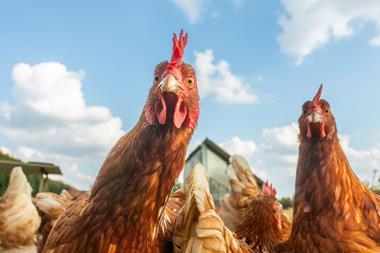
We’re not experts on cultural appropriation, but as a branding, design and copywriting agency, it’s important to ask questions of ourselves and others. So what exactly does it mean? According to Cambridge Dictionary, it is “the act of taking or using things from a culture that is not your own, especially without showing that you understand or respect this culture”.
In the context of food and drink, cultural appropriation happens when a recipe, product or dish rooted in the culinary heritage of one culture, is borrowed and used by another. It’s something that a number of food and drink brands and personalities have faced criticism for over the years.
So, how should a food brand wanting to launch a product inspired by another culture approach it?
Social responsibility
At the very least, referencing the origin of a dish is important in order not to claim ownership, says food anthropologist, cook and writer Katrina Kollegaeva. “Otherwise the consumer trying the dish may assume that what they are eating is how the dish is made or eaten in the culture where it comes from.”
Research is also key, she adds, using arancini as a working example. “Is Googling what an arancino is, enough? Should you speak to a Sicilian? A Sicilian who cooks and might know, or just any Sicilian? On a day-to-day basis, most businesses wouldn’t be able to do that, but engaging with the question of what your food is called is ultimately part of your social responsibility.”
A recent online ‘Founders Series’ debate, hosted by New American Table, explored cultural appropriation. One of the panelists was Vanessa Pham, co-founder of US-based Asian food brand Omsom, and the daughter of Vietnamese refugees. She explained the brand’s focus on creating “products with cultural integrity”. “For me, that’s more about process and doing research and bringing in the right people in the room and equitably compensating people.”
M&S: a case study of good practice
M&S recently collaborated with The Black Farmer (a brand founded by Jamaican-born and raised Wilfred Emmanuel-Jones), launching a jerk paste in stores from 28 September. It’s based on a family recipe that Emmanuel-Jones traced through his maternal grandmothers, going back generations.
Describing the partnership as “beyond extraordinary”, he said: “After years and years of fighting to gain recognition of black contribution to British history and cuisine in the food industry, this move alone represents giant strides towards achieving that goal.”
Importantly, M&S not only worked with Emmanuel-Jones, but gave the The Black Farmer brand equal prominence to the M&S brand.
Five things to consider
With all this in mind, here are five things to consider when developing your products and branding:
- Do your research. To every extent possible, use the ingredients and cooking methods that authenticity calls for.
- Seek expertise from chefs who are part of the culture the recipe pays homage to and who are familiar with it.
- Use your product as an opportunity to tell the story of the recipe’s culinary heritage, the people who created it and the people to whose culture it belongs.
- Source ingredients from the country, region or culture from which the recipe originates. In doing so, you’ll financially be putting something back into the culture from which the product or recipe has been borrowed.
- Be conscious that you’ve borrowed something that another culture has developed and created. Show respect. That’s about design, naming and language, just as much as it’s about ingredients.



















No comments yet